Decimals Teaching Resources
Browse decimal worksheets, math center activities, engaging games and more fun ways to bring this concept to life in your elementary classroom.
This teaching resource collection was created by the teachers on the Teach Starter team and includes activities to help students learn to convert fractions into decimals and vice versa, as well as printables that will help them learn how to read and write decimals using place value and the decimal point, how to round decimals and more!
Build students' understanding of using decimals in money and measurement with curriculum-aligned teaching resources so you can meet Common Core and state standards.
New to this concept in the math classroom, or just looking for some fresh ideas for teaching about decimals? Explore a primer from the teachers on the Teach Starter team!
What Are Decimals? A Kid-Friendly Definition
Explaining decimals to your class? Here's a kid-friendly definition that will help!
A decimal is a special way to write parts of a whole number. Decimals are a lot like fractions, but instead of using numbers like 1/2 or 1/4, we use a dot called a decimal point to separate the whole number part from the part that is less than one.
The number before the decimal tells you how many wholes you have, and the digits after the decimal point tell you how many groups of one-tenth, one-hundredth or one-thousandth you have.
One of the most common places students will encounter decimals in real life is when using money — the dollar is a whole number, while cents are a part of the whole and are typically represented beyond a decimal point.
How Do You Turn a Decimal Into a Fraction and Vice Versa?
Turning decimals into fractions and doing the reverse are both important skills for students to develop. Here are simple processes for doing just that!
How to Turn a Decimal Into a Fraction
- Write down the digits in the decimal over its place value.
- For example, if you have the decimal 0.75 (seventy-five hundredths), you would write it as 75/100.
- Simplify the fraction by finding the greatest common factor (GCF) of the numerator and denominator and dividing both by it.
- In the example above, the GCF of 75 and 100 is 25, so dividing both by 25 gives you the simplified fraction 3/4. This means 0.75 as a fraction is 3/4.

How to Turn a Fraction Into a Decimal
To turn a fraction into a decimal, your students will need to divide the numerator (top number) by the denominator (bottom number).
- Divide the numerator by the denominator.
- If the numerator does not divide evenly by the denominator, add zeroes to the dividend to continue the division to as many decimal places as needed or desired. Don't forget to add a decimal point after the digit found in the denominator!
- Round the decimal to the desired number of decimal places, if necessary.
How Do You Round Decimals?
Another skill students need to learn is the process of rounding decimals to the nearest whole number or to a specific decimal place. This will allow them to simplify numbers, making them easier to work with! This comes in handy when doing things such as rounding to the nearest dollar amount when working with money.
Rounding can also be used to get a general sense of a number without worrying about the exact value, which can be helpful in certain situations, such as estimating a budget or measurement.
To round a decimal to the nearest whole number, you need to look at the digit to the right of the decimal point.
- If that digit is 5 or greater, you round up to the next whole number.
- If that digit is 4 or less, you round down to the current whole number.
For example, let's say you want to round the decimal 3.7 to the nearest whole number. The digit to the right of the decimal point is 7, which is 5 or greater, so you round up to 4.
- Plus Plan

Math Investigation - Prepare to Party (2)
A 60-minute lesson in which students will apply knowledge of decimals and percentages to a real-world context.
- Plus Plan
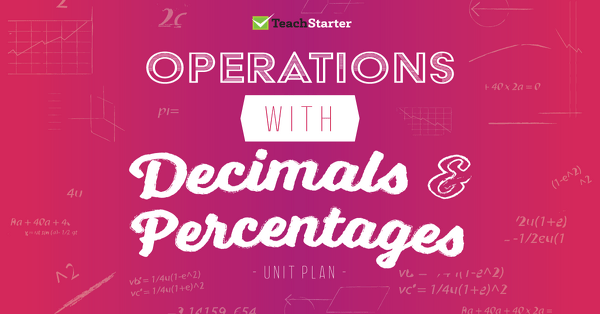
Math Investigation - Prepare to Party (1)
A 60-minute lesson in which students will apply knowledge of decimals and percentages to a real-world context.
- Plus Plan
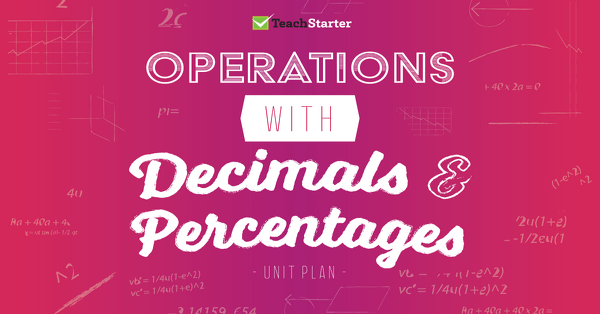
Calculating Sale Price
A 60-minute lesson in which students will calculate sale price using percentage discounts of 10%, 25%, and 50%.
- Plus Plan
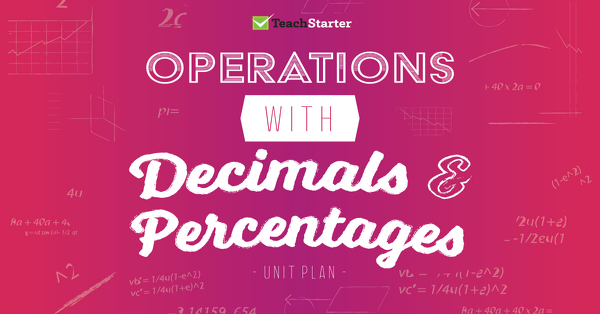
Dividing Decimals by Whole Numbers
A 60-minute lesson in which students will divide decimals by whole numbers.
- Plus Plan
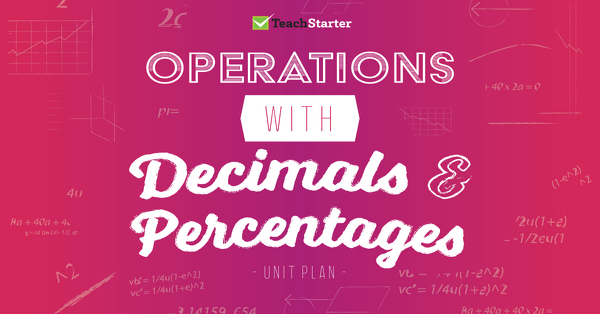
Multiplying Decimals by Whole Numbers
A 60-minute lesson in which students will multiply decimals by whole numbers.
- Plus Plan
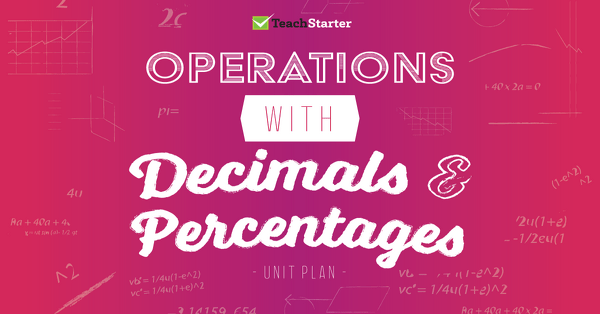
Multiplying and Dividing by Powers of 10
A 60-minute lesson in which students will multiply and divide decimals by powers of 10.
- Plus Plan
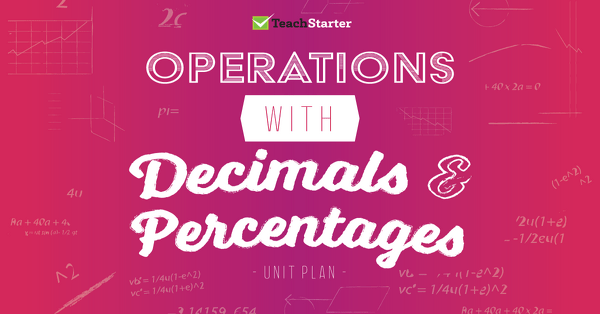
Adding and Subtracting Decimals
A 60-minute lesson in which students will add and subtract decimals.
- Plus Plan

Exploring Decimal Place Value
A 60-minute lesson in which students will review decimal place value and compare, order, and represent decimals.
- Plus Plan
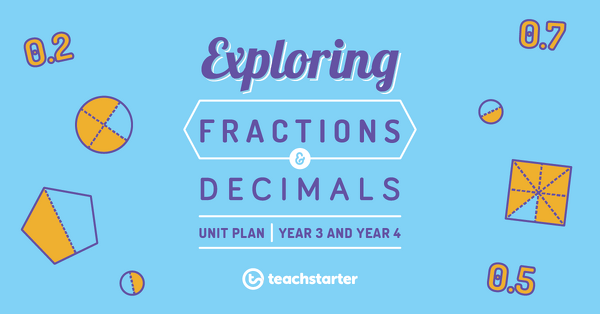
Introduction to Decimals - Tenths
A 60 minute lesson in which students will explore tenths as fractions and in decimal notation.